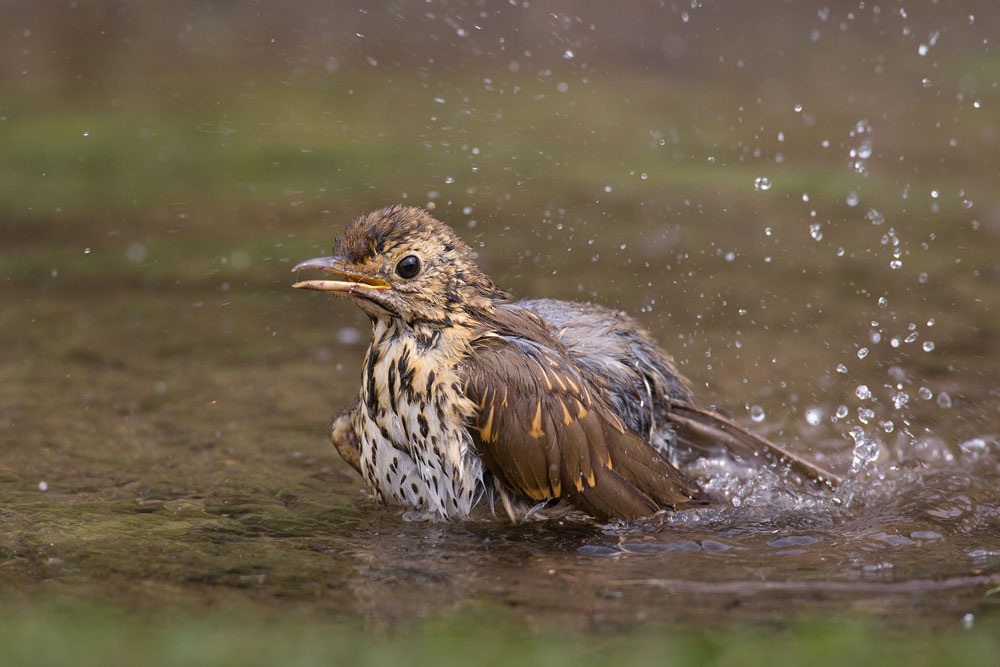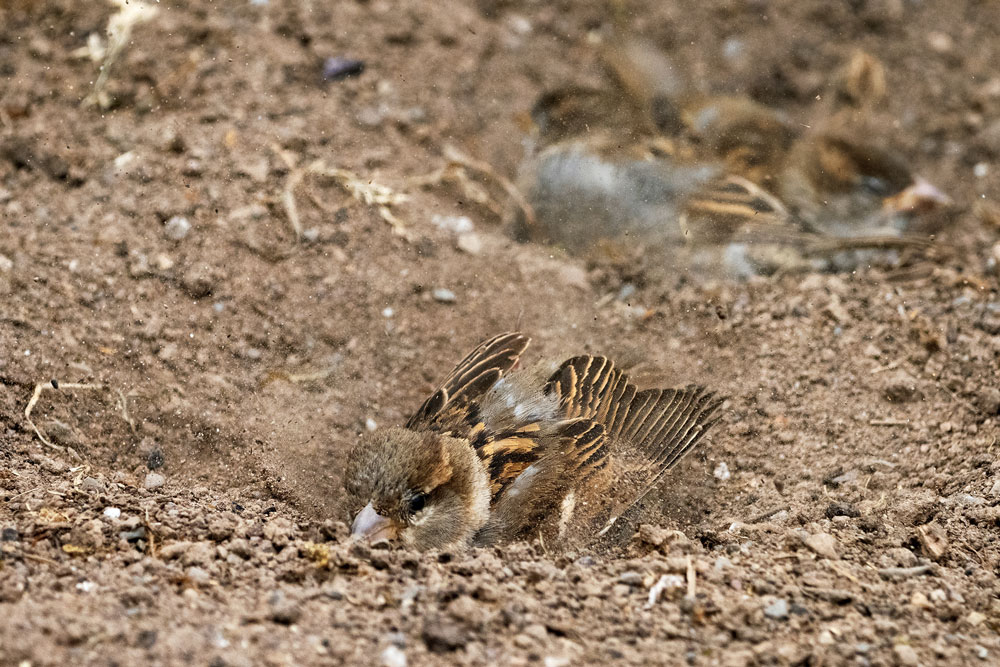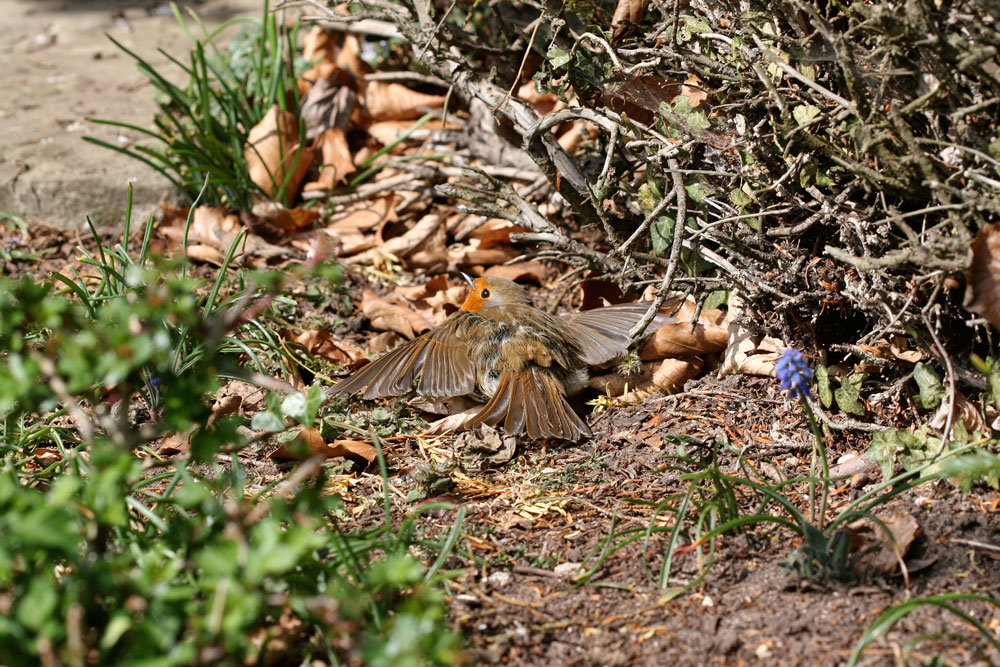A bird's feathers are vital for flight, camouflage, courtship, warmth and more. How do birds keep them healthy?
Taking care of plumage
The plumage of a bird is important, providing both insulation and flight, and individual birds spend a significant amount of time looking after their feathers. Moult is just one important component of feather maintenance, with worn-out feathers replaced by new ones as part of a regular cycle. More routine maintenance happens on a daily basis, and involves a combination of preening and bathing.
Preening
Preening involves manipulating individual feathers with the bill, often realigning the filaments that hook together to hold the feather in shape. Watch a Blackbird doing this in your garden and you will soon see how the bird works each feather in turn, carefully ‘nibbling’ the feather.
Some species indulge in mutual preening; this is known as ‘allopreening’ and is usually seen in breeding pairs, and it is thought that the preening behaviour strengthens the pair bond.
Water- and dust-bathing
 Most birds also indulge in bathing, either using water or dust/sand to clean the feathers.
Most birds also indulge in bathing, either using water or dust/sand to clean the feathers.
A garden bird bath can be a real draw in the hot summer months and it is worth watching how the different species bathe.
Most stand in the water, often thrusting down and forward with their head to force water up onto their back. The aim is not to completely soak the plumage but to wet it sufficiently so that the plumage can be cleaned.
Other birds will ‘shower’ by using the dew or raindrops that collect on vegetation, again wetting but not soaking the plumage.
 Dust-bathing is less common in garden-visiting birds than water-bathing, and is more often associated with species that live in dry habitats or in open landscapes.
Dust-bathing is less common in garden-visiting birds than water-bathing, and is more often associated with species that live in dry habitats or in open landscapes.
House Sparrows, pheasants and partridges, however, are very fond of dust-bathing, reflecting their dry-country origins. They are often seen engaging in this behaviour in large groups, as a communal activity.
House Sparrows, in particular, work the dust into their plumage by using flicking movements of the wings.
Sunbathing

‘Sunbathing’ is used by some birds as part of their routine feather maintenance. It is most commonly observed in Blackbirds and Robins. The birds invariably adopt a posture in which the body feathers are fluffed up and one or both wings are held out from the body, with feathers spread.
It is thought that using the sun in this way does two things. It helps oil from the 'preen gland' to spread across the feathers, keeping them healthy and in good condition. It also drives parasites out from within the plumage. Some of these parasites feed on the feathers themselves, degrading their quality and function, and all are highly specialised, with many only found on a single species of bird.